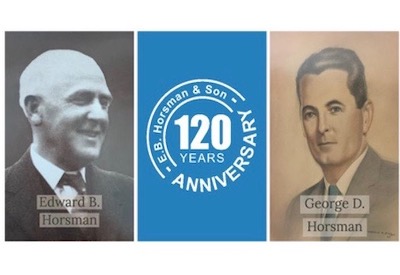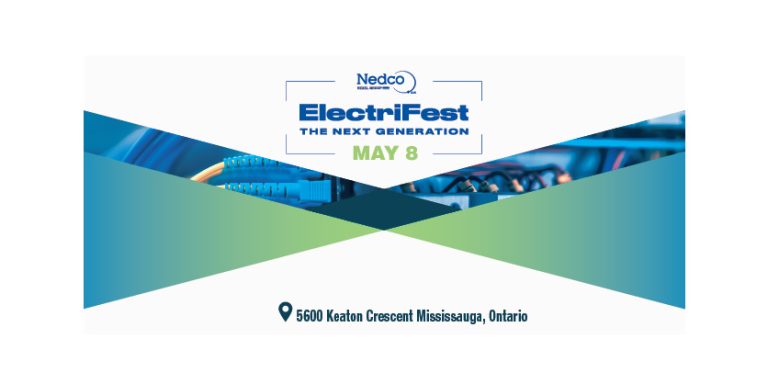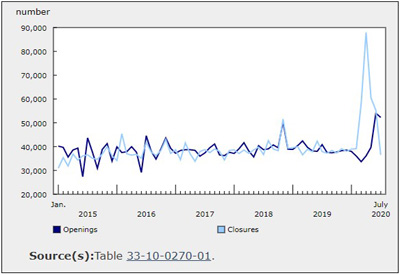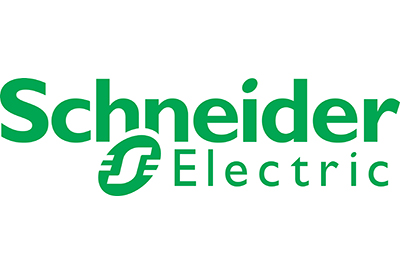Are Your Suppliers Profitable?

November 14, 2016
Manufacturers have traditionally done a decent job at measuring the profitability of product groups within their portfolio. They also measure the profitability of their territories and reps. Wholesalers can easily measure the profitability of each product and product group in their array of goods. Over time, manufacturers’ reps have also developed some tools to help them measure the profitability of their selling efforts. The time spent on a manufacturers’ line needs to be measured in order to determine the true value of it. It may surprise some suppliers to know they are being measured this way.
One of the tools used by reps is the “spur of the moment” time analysis. This was developed by rep organizations, and is taught at the Manufacturers’ Representatives Educational Research Foundation (MRERF), at their Certified Professional Manufacturer’s Rep (CPMR) program. The spur of the moment analysis estimates profitability based on the time spent with each manufacturer.
In a rep organization, nearly 80% of costs are in the labour promoting products and services, and the expenses associated with selling. As such, an assumption must be made that the time spent working with each manufacturer should be allocated to the cost of selling it. A rep firm needs to ask its people as to their time allotment for each line represented. In our organization, we circulate a form similar to the form below:
|
Manufacturer |
% of Time |
Actual time |
|
Al’s Amperes |
50% |
43.48% |
|
Omar’s Ohms |
30% |
26.09% |
|
Victoria’s Voltage |
35% |
30.43% |
|
Total |
115% |
100.00% |
All employees fill in their percentage of time. It need not add to 100%. Employees need not dwell on the details of their time spent. The form should be filled in a few minutes. The formula to bring it to 100% is applied after their results are forwarded. All time sheets are gathered and totalled, to reach a true time spend. Some firms weigh time spent by job classification, to allow for compensation differences.
The total percentage of time spent is multiplied by the total cost of running the business. This can be compared to the total commission income garnered from that manufacturer. This will give a general idea of the profitability of each supplier. A sample is listed below.
|
Total cost |
|
$ 100,000 |
|
|
|
Manufacturer |
% of Time |
Cost/mfg |
Commission |
Profit |
|
Al’s Amperes |
43% |
$43,000 |
$57,000 |
$14,000 |
|
Omar’s Ohms |
27% |
$27,000 |
$24,000 |
-$3,000 |
|
Victoria’s Voltage |
30% |
$30,000 |
$35,000 |
$5,000 |
|
Total |
100% |
$100,000 |
$116,000 |
$16,000 |
In this example, more time was spent on Omar’s Ohms than was justified by the commission. It behooves the management of the organization to work towards profitability in all lines. The management is also responsible for ensuring that each manufacturer receives the proper percentage of time, based on the compensation received.
There are many options that the organization may choose to apply in this situation. Some of the actions may include:
· Do nothing. The line may be a new product or a pioneering venture. These typically take more time to start, and should become profitable in the short run.
· Do nothing. The line may be a “door opener.” A good example of this is power tools. Tools often require a significant amount of sales time for every transaction, but can often get a rep into a contractor who would not normally give that time to them. The rep can then use the synergy of the call to promote other lines on their line card.
· Work with the supplier to find ways to cut out some of the time that is not used for selling.
· Work with the supplier for ways of getting more compensation.
· Find ways in your organization to optimize the time spent on this line.
· If the line continues to be unprofitable, and no further options exist to change this, a termination and replacement of the principal could be in order.
This is one tool that can be used to help manage a Rep business. There are many more. The MRERF schedules an annual CPMR course to teach reps this and other methods to help measure their agency’s performance. Information on CPMR is available through CEMRA and NEMRA.
Murray Chamney is President, Intralec Electrical Products, and a member of Electro-Federation Canada’s National Advisory Council.











